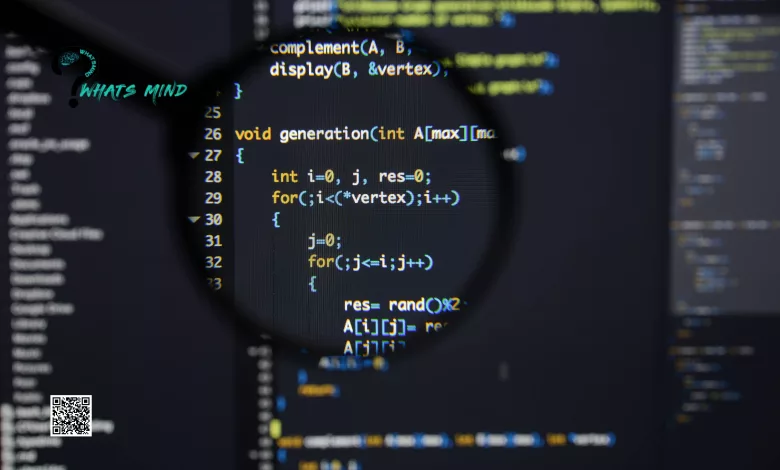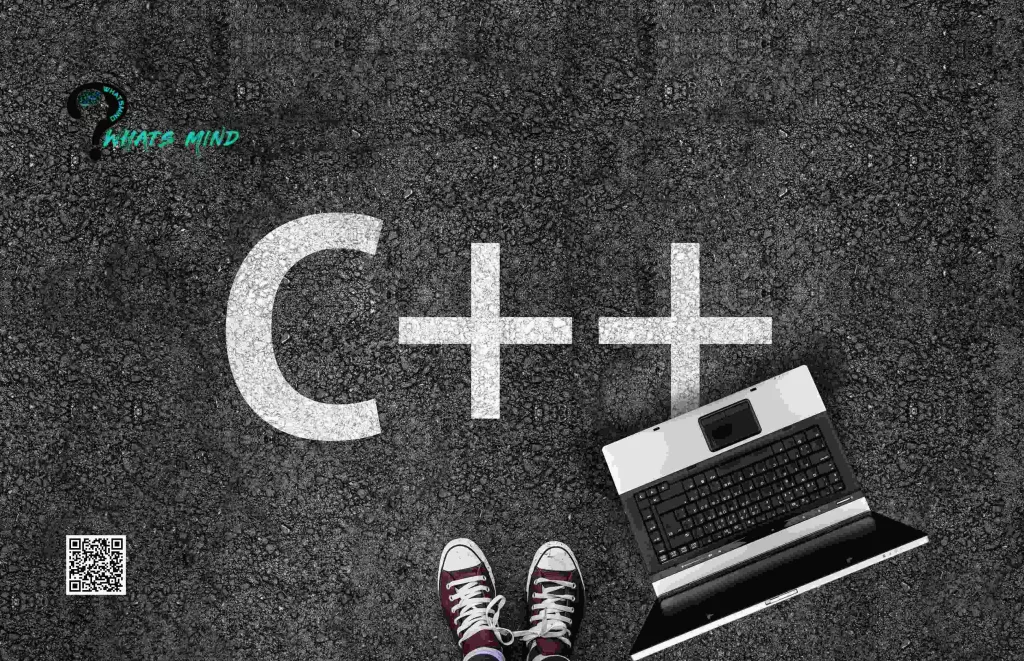Embedded Systems Development With C: Applications, Challenges, and Solutions

So much of our day-to-day work and play is now done using embedded systems solutions.
From integrating smart devices for home automation, drawing money from ATMs, and swiping cards at local stores to playing vibrant 3D and 4D slot machines at a casino online and clicking pictures in a digital camera, there are so many applications of this technology that it is becoming imperative for modern life.
Embedded software has the power to transform just about any electronic device into a smart one! The core technology behind this phenomenon is the programming language C. It has outsmarted basic assembly-level programming with the foundation of microcontroller programming and imparted numerous real-time applications for diverse industry verticals.
However, even the mighty C language can pose certain challenges for developers, but not without plausible solutions. This blog gives an insight into all of them.
Table of Contents
What Is C Language in Simple Words?

C is a general-purpose programming language (GPL) created originally in the 1970s by Dennis Ritchie. It goes by the ALGOL tradition as an imperative procedural language.
Derived from Ken Thompson’s Unix Systems, C is the strongest and most widely used programming language for developing embedded systems. Its role is unparalleled in producing highly efficient codes for complex hardware resources, especially for those with limited processing power and memory. C can provide optimized code running on various microcontrollers and processors without significant modifications.
C’s Role in Embedded Systems Development
C sits at the pinnacle of a legacy now. A vast community of developers has produced great marvels like AI, machine learning, object-oriented programming, and so many other things. It powers eclectic foundations for close-to-hardware operations with a high level of portability and cross-platform access, high-precision memory management capabilities, and the scope of optimizing codes to suit the core needs of resource-constrained embedded systems.
These are the most critical needs of software development, which must be compatible with different microcontrollers and processors without significant modifications. The table below shows a generic example of how to apply C embedded systems in an electronic device:
| Embedded System | Application |
| Input System | Buttons |
| Output System | USB charging ports, display screens, sound speakers, etc. |
| Software System | ROM, RAM, and Processor |
| Hardware System | Motor, Processing unit, etc. |
The standard version of C99 is running strong with superior support, but the newer C17 or C18 versions are more conventional now. However, there are certain limitations and challenges in working with C, for example, the lack of an official mechanism for handling interrupts or interacting with hardware, which is why developers will need to use compiler extensions or other workarounds.
Over the years, several other programming languages — C interpreters and extensions — have been launched to optimize the utility of C with varying new approaches and independent applications. Some of them include C++, Objective C, Unified Parallel C, and the language extension Embedded C. So all challenges have a key, which makes this technology all the more resilient to stand the test of time and disruptive innovations.
The Challenges and Their Plausible Solutions
The biggest challenge about C is that, as the standard programming language, in its simplest applications, it can pose certain complexities. Thus, if you want things simple, you must go by the complex route of adding extensions or interpreters.
Sounds interesting? Let’s talk about how so many similar-sounding different things, especially the C and embedded C, are the most confusing at times, which is perhaps a one-of-a-kind challenge every developer might relate to at some point in their careers. But life goes on, thanks to the assembled capabilities of C science. Below are some of the bigger challenges, on a serious note:
Working With Global Variables Is Still a Nightmare
The global variables are still very complicated and hard to maintain. There is always a high risk of bugs and system malfunctions, which require back-and-forth patching. The best solution is perhaps to stick to local variables within functions and avoid global variables as much as possible. If you must use global variables, it is best to use coding standards like Barr-C or MISRA for better control. It is also essential to encapsulate data and cohesively document the variables.
Accurate Documenting Is Simple as Rocket Science
When it comes to hardware and systems development, documenting the whole project is the most crucial part. The documents are big and complex; they include certificates, user manuals, assembly drawings, production tables, and many other pieces of information. It can be an intrinsic challenge, especially when it comes to keeping up with 100% accuracy throughout the changes led by bug fixes, security patches, and new coding.
You may not be a rocket scientist, but you are on the periphery of computer science. Even though it is very common for developers to take on the job and the challenges when you are looking for a solution of sorts, the best thing to do is hire a technical writer and leverage their undivided attention and responsibility for executing a realistic project plan.
Executing an All-Purpose Design for Software Architecture
Developers can create great marvels with well-written code in C, but they can’t use a single architecture template. Dynamic system designs need dynamic architectural templates, and there is no such thing as universal architecture! The best solution is to use multiple templates and consider adopting an advanced compiler to extend the uniformity of projects.
Keeping Up Testing & Q/A Phases With the IoT Era
Nowadays, software systems have more needs to support the Internet of Things (IoT). The manufacturability of a product is more intent on facing challenges in the time-to-revenue phases. Why? It is because of the changing needs of fabrication. Today, they are in dire need of the heavy integration of embedded software through hardware components. It is often threatened by a whirlwind of complexities owing to quality control, finally releasing the product, and concluding future updates.
The best solution to deal with all the complexity of quality control is to automate it. Which is becoming crucial since the IoT era is evolving at a rapid pace. With time, there will be a harsh need to partner with a professional firm for handling the test automation framework throughout different phases of hardware development and implementing a step-by-step process for streamlining mass production.
Afterthought on Embedded Systems Development With C
There are several categories of embedded software based on system performance, functionality requirements, and the capabilities of microcontrollers. One thing constant for all industry domains is a clear vision. The vision for the C program is about well-documented technical data, along with the advantages of process automation, a sound project plan, and a robust technical team. That’s not about a single-handed, “I can do this” approach.
For more info visit Whatsmind.com




